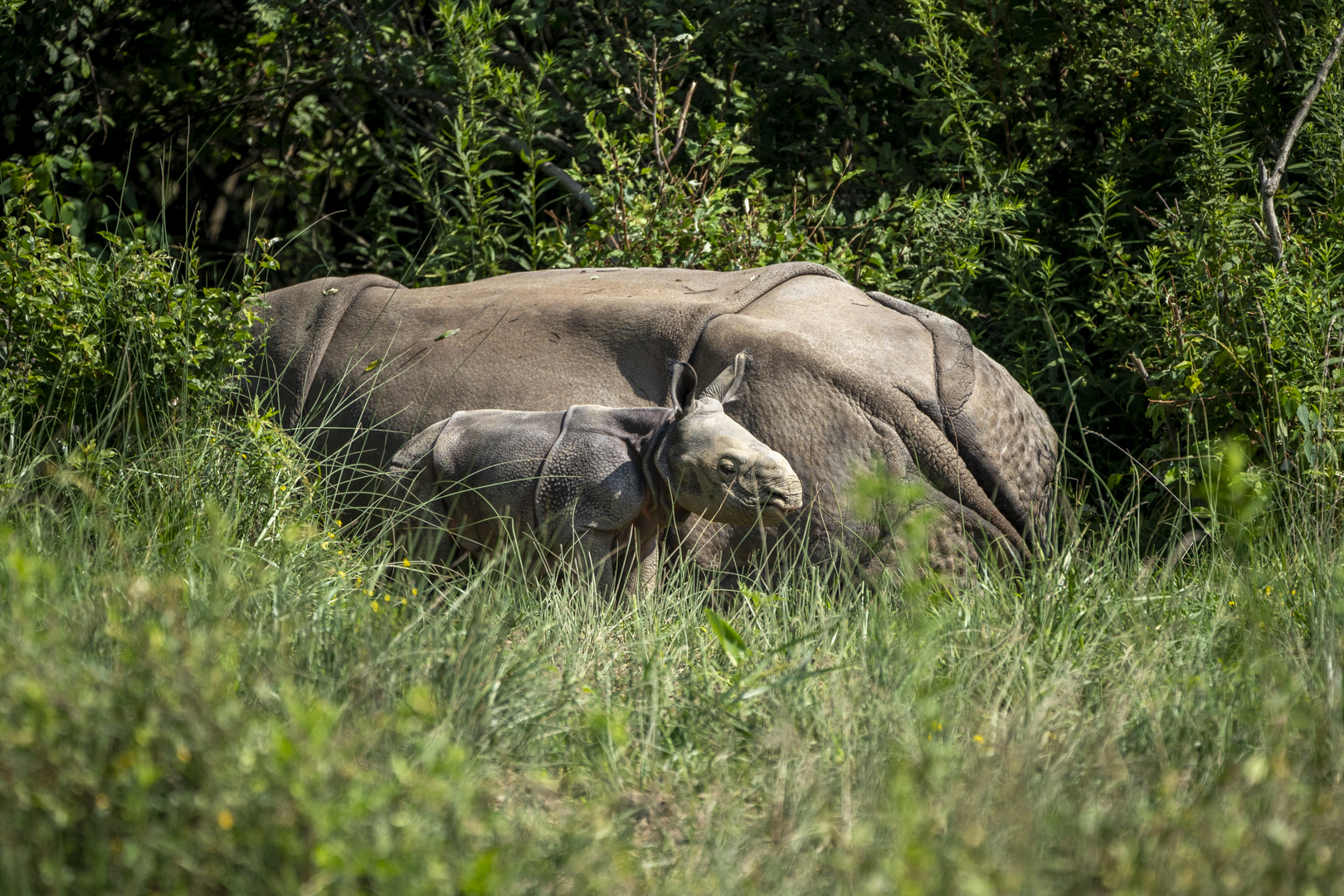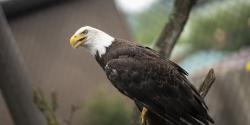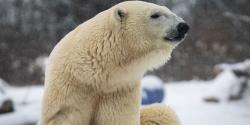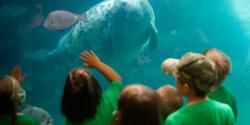The American Institute of Rhinoceros Science (AIRS) represents one of the most ambitious collaborations ever undertaken for rhino conservation in North America. Funded by a three-year National Leadership Grant from the Institute of Museum and Library Services (IMLS), AIRS united 67 facilities, over 20 scientists, and 181 rhinos with one shared goal: advancing the health, wellbeing, and reproductive success of rhinos under professional care.
Although the grant funding concluded last fall and final reports were filed in December, the true impact of this project is only beginning to unfold. Through four research pillars—Wellbeing, Physical Fitness, Iron Storage, and Reproduction—AIRS has generated data that will inform how zoos, wildlife parks, and conservation centers care for rhinos for years to come.

What AIRS Means for Rhino Care
The AIRS project was designed with the understanding that each pillar overlaps with the others, creating a more complete picture of rhino health. Together, animal care teams collected more than 2,000 blood samples, 2,200 fecal samples, and logged over 1,300 hours of behavioral observations. Graduate students also analyzed responses to hundreds of survey question responses from animal care professionals. While only a handful of scientific papers have been published to date, many more are expected as the data continues to be evaluated.
Highlights from the research include:
- Wellbeing: Surveys and behavior studies paired with new serum biomarkers shed new light on assessing rhino temperament and social relationships more effectively.
- Physical Fitness: The study documented how environment influences body condition. At The Wilds, Agnes, a female white rhino, set the record for the highest daily step count among her species, underscoring how open habitats encourage natural activity levels. Interestingly, black rhinos averaged higher step counts than white rhinos overall.
- Iron Storage: While rhino horn was not found to be a viable tool for monitoring iron levels, researchers identified other environmental and individual factors associated with high iron loads—an important step in addressing a serious health issue in managed rhino populations.
- Reproduction: At The Wilds, the introduction of a new breeding bull was studied for its impact on reproductive hormone levels in female rhinos. The results provided valuable insights into how social and environmental changes affect fertility.
The Wilds’ Role in AIRS
The Wilds played a key role in AIRS by contributing data and participating directly in multi-institutional studies. With its expansive pastures and expertise in managing one of the largest rhino herds in North America, The Wilds offered a unique environment to study how space, social dynamics, and environmental conditions influence rhino health and reproduction. Observations from our herd, including Agnes’ fitness record and the reproductive studies with our white rhinos, are shaping management practices across the country.

Looking Ahead
The legacy of AIRS lies in the massive datasets collected and the collaborative framework it established. By bringing together experts from across the continent, the project created a model for how science can directly inform animal care and conservation. For The Wilds, this means continuing to apply the findings to improve rhino wellbeing and sharing those lessons to help protect rhinos everywhere.
The challenges facing rhinos are complex, but initiatives like AIRS demonstrate the power of collaboration and science-based care. Each discovery moves us one step closer to ensuring these iconic animals thrive—both at The Wilds and in the wild.









